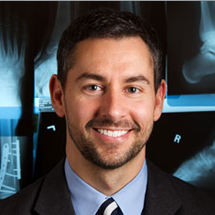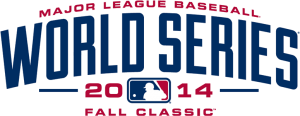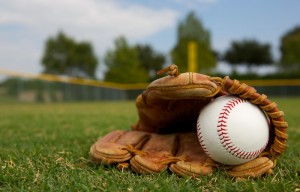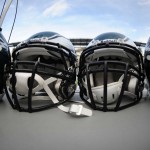
Dr. Mark Reed is one of the many talented surgeons at Orthopedic Specialists of Seattle.
We had an opportunity to catch him from his busy schedule and find out some interesting and fun information about him.
1) Why did you choose Orthopedics with a specialty in foot and ankle?
I worked as a mechanical engineer and have always had a fascination for how complex mechanisms work. It doesn’t get much more complex than the foot and ankle.
Many bones, joints, tendons and ligaments all work in concert to support the foot and create motion. It’s simultaneously challenging and rewarding to treat foot and ankle conditions.
2) Why did you decided to move and settle in Seattle?
My family and I selected Seattle to put down roots for several reasons. Although my wife (an emergency physician) did our residency on the East Coast, we wanted to relocate to the West Coast so that we could be closer to her home state of Hawaii, which is not a bad place to visit during Seattle winters.
We love the healthy and active nature of the Pacific Northwest and the access to hiking, skiing, and all other sorts of endeavors.
3) Are you involved in the community?
With a one and three-year old, we don’t have a lot of free time, but when we do, we think it’s important to give back to the community. One of the things we do on a regular basis is to cook for and deliver meals to a homeless shelter in Seattle.
We also get involved in clean-up and beautification projects in our local community of west Seattle.
4) Have you been published, made any medical advances or studied new procedures?
Most of the research work I have done has been foot and ankle-related with a focus on biomechanics. I’ve looked at novel ways to perform ankle fusions and done studies comparing the strength and rigidity of various subtalar fusions.
I continue to stay active in the foot and ankle community to stay abreast of the latest technologies. Ankle replacement surgery and joint-sparing procedures for great toe arthritis are two areas that come to mind.
5) Who are you outside of work?
Outside of work I spend every minute I can with my wife and our two boys. I enjoy the outdoors; we try to get out and about a couple of times a month to experience the beauty of the Pacific Northwest. I’m a big supporter of the Seattle professional sports teams.


 The 2014 Major League World Series begins this week with a frenzy of predictions from the sports experts and fans from both the San Francisco Giants and the Kansas City Royals predicting that their respective team will win.
The 2014 Major League World Series begins this week with a frenzy of predictions from the sports experts and fans from both the San Francisco Giants and the Kansas City Royals predicting that their respective team will win.  More than 627,000 baseball injuries each year are treated by medical professionals, according to the U.S. Consumer Products Safety Commission. Baseball is not a contact sport, but contact with a ball, bat, or another player results in the most serious injuries.
More than 627,000 baseball injuries each year are treated by medical professionals, according to the U.S. Consumer Products Safety Commission. Baseball is not a contact sport, but contact with a ball, bat, or another player results in the most serious injuries. 
